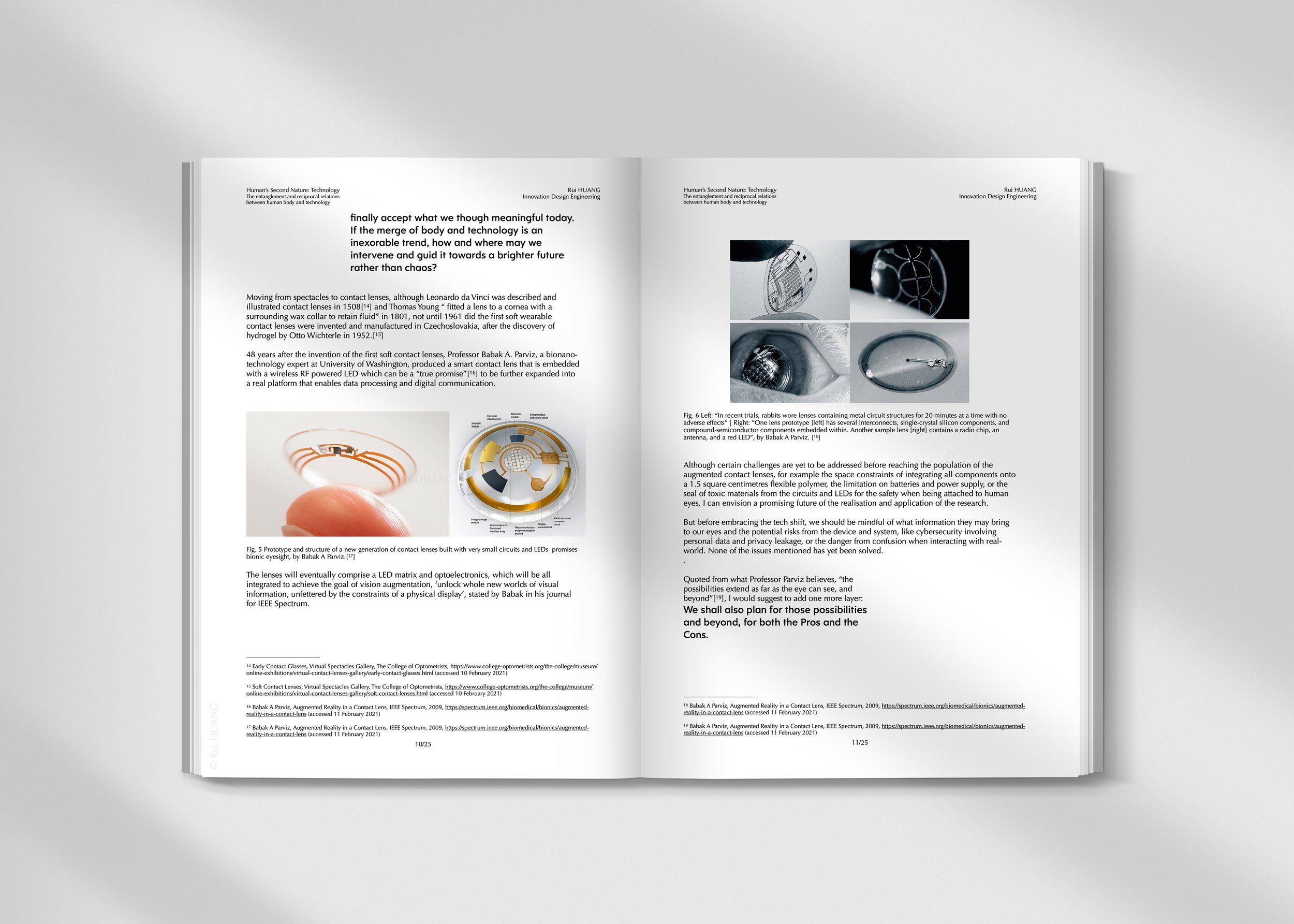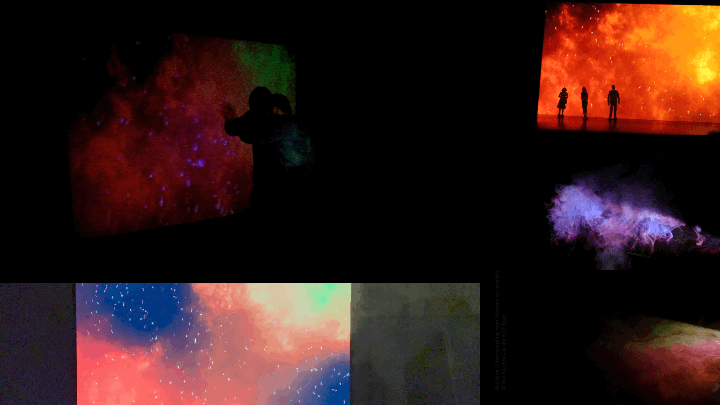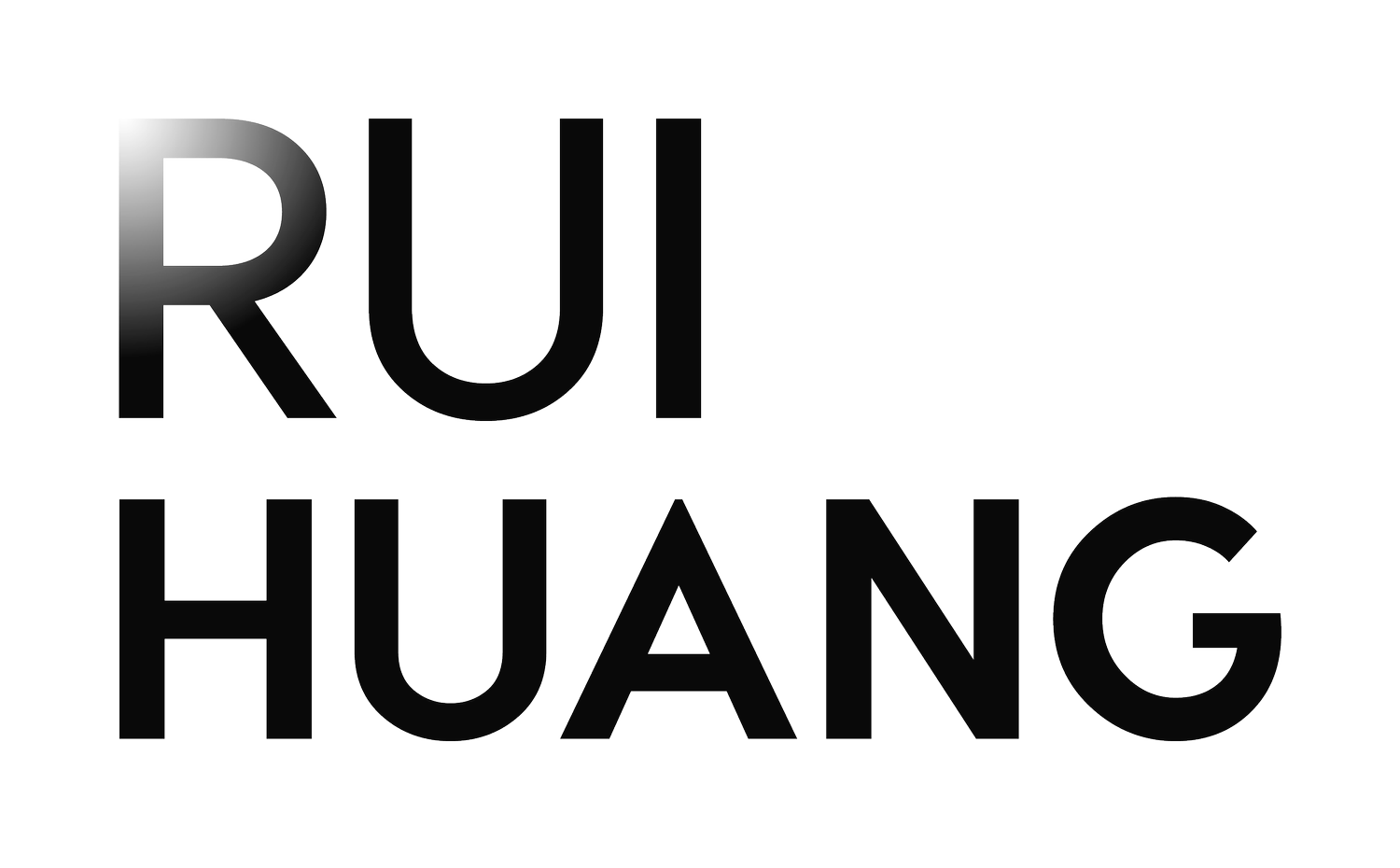The Entanglement and Reciprocal Relations between Human Body and Technology

Human’s Second Nature: Technology
Disciplines
Design Technology
Critical & Historical Study
Human+ | Post-Humanism
Cyborg Engineering
Role
Solo Dissertation
Special thanks to Thomas Turner and the C.H.S. teaching team at the Royal College of Art
Examining the Entanglement and Reciprocal Relations between Human Body and Technology to draw an Ethical Framework for Future Explorative Activities
Advancement in technology and science has brought prosperity to mankind, and the seed of the transition to cyborgs and super-humans is sprouting. The boundaries between organisms and machines have also become increasingly blurred. Before even noticing it, we have already been communicating in the language of technology. The era of Human plus has arrived, at a speed that is more rapid than we can ever imagine.
Thus, from the role of designers and innovators, it is our responsibility to speculate the future path of transition, locate the ethical risks and obstructions, and aim to design a navigation framework to intervene and to provide a reference for the implications of the future human explorative activities to foster a positive change.
This dissertation will take a glance at the history of body augmentation through the path of augmented vision, and look through the case study of Neil Harbisson, the first human cyborg that is recognized officially by the government, to understand the current state of the transformation. The reciprocal relations, entanglement and the ethical boundaries of human enhancement, and the merge of organisms and machines will be discussed following the historical studies. The final approach will try to gather all the intellectual opinions and deliberations to draw a Navigation Map of the Ethical Framework as a guideline for the future of human explorative activities.




Next Project


